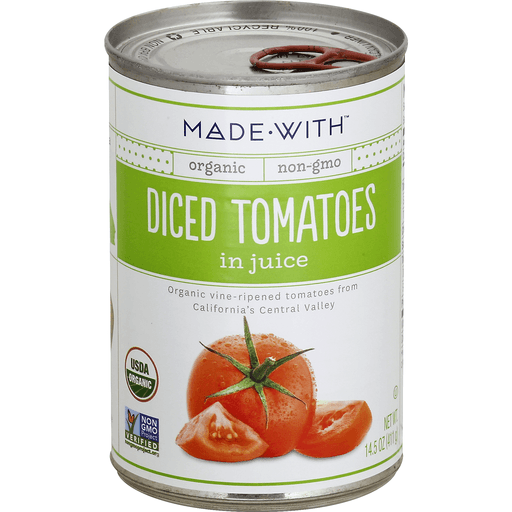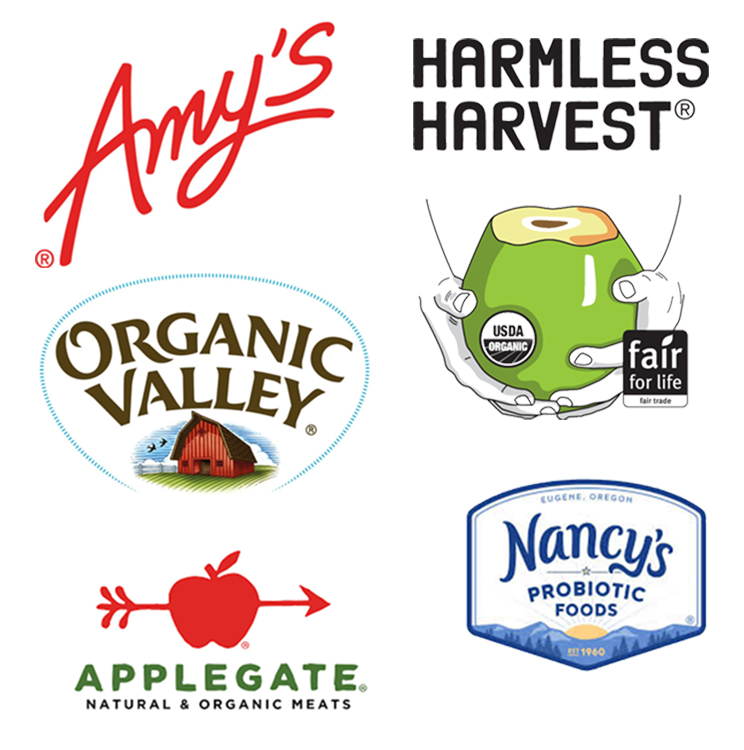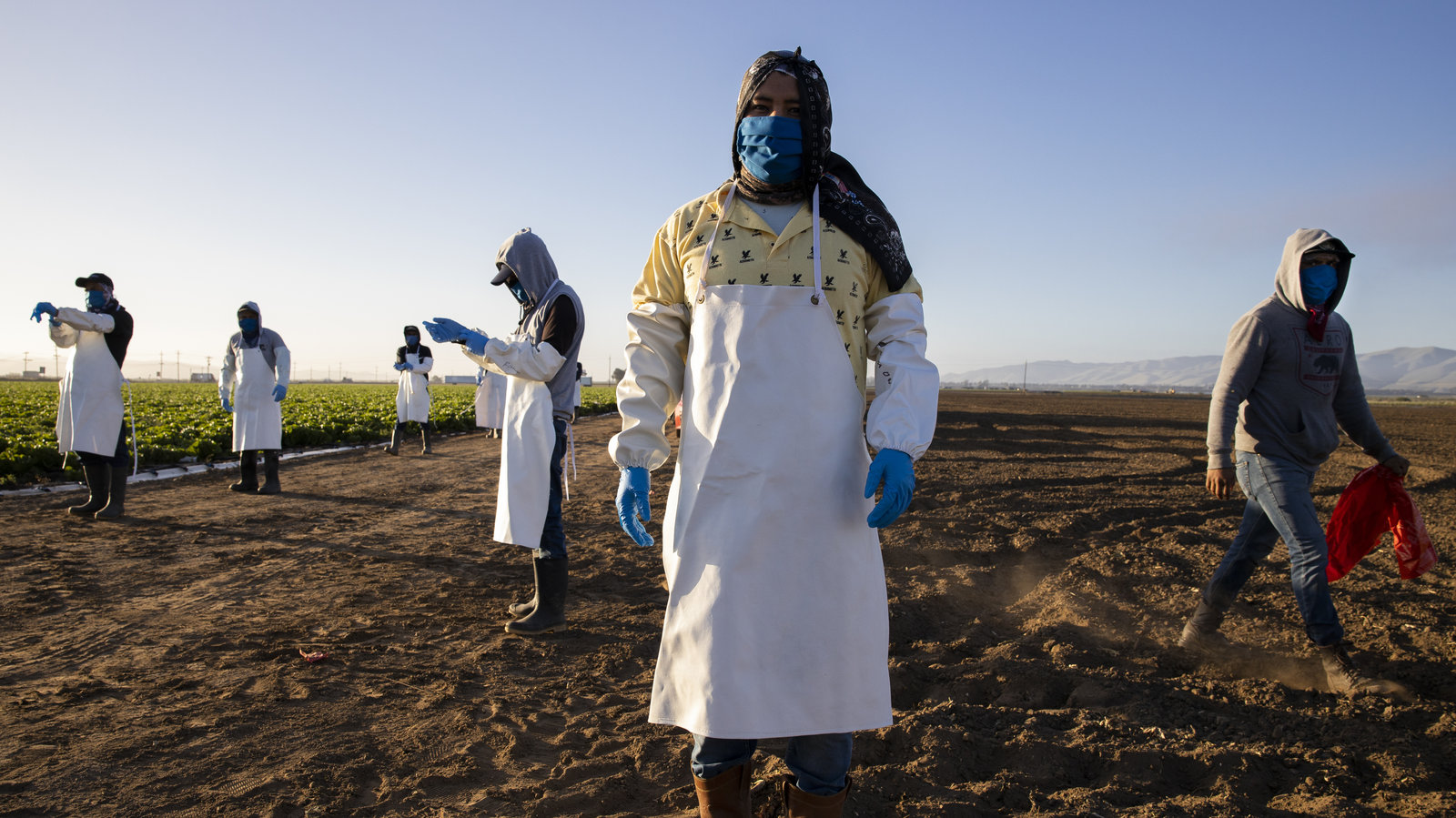One thing that the Coronavirus pandemic should have taught us is that our food supply is not nearly as secure as we may have believed. Though the panic-buying-induced bare shelves of March and April are behind us, a longer-term set of spot shortages remains. Some of these shortages are due to the lingering effects of concerned shoppers buying a year’s supply of a wide variety of products. Other shortages are caused or made worse by a whole slew of weather events from our August heavy rains and flooding damaging local crops, to the wildfires and intense heat impacting crops on the west coast.
 Our buyers have been working overtime scrambling to find back-up suppliers and alternative brands to fill our shelves when regularly-stocked items are unavailable. When Muir Glen tomato products were scarce, we brought in the Made With brand. Cadia bathroom tissue and paper towels now augment their often-missing Seventh Generation counterparts.
Our buyers have been working overtime scrambling to find back-up suppliers and alternative brands to fill our shelves when regularly-stocked items are unavailable. When Muir Glen tomato products were scarce, we brought in the Made With brand. Cadia bathroom tissue and paper towels now augment their often-missing Seventh Generation counterparts.
 Unfortunately, many brands are still experiencing production shortfalls due to ingredient shortfalls or strong sales that exceed production capabilities. Organic Valley dairy products are in extremely short supply and what we get in varies from week to week. Applegate can’t keep up with the demand for their sliced meats and sausages now that most meals are being eaten at home. Amy’s has cut a number of slower-selling items out of its production schedule to focus on upping the supply of its historic best sellers, and we still get shorted on those. Nancy’s yogurt and Harmless Harvest coconut water were included in our September sale flyer. We received no cases of those for the entire month. And, sadly, the Now brand—once our best-selling line of nutritional supplements, continues to run at a more than a fifty percent stock-out rate as it has for many months.
Unfortunately, many brands are still experiencing production shortfalls due to ingredient shortfalls or strong sales that exceed production capabilities. Organic Valley dairy products are in extremely short supply and what we get in varies from week to week. Applegate can’t keep up with the demand for their sliced meats and sausages now that most meals are being eaten at home. Amy’s has cut a number of slower-selling items out of its production schedule to focus on upping the supply of its historic best sellers, and we still get shorted on those. Nancy’s yogurt and Harmless Harvest coconut water were included in our September sale flyer. We received no cases of those for the entire month. And, sadly, the Now brand—once our best-selling line of nutritional supplements, continues to run at a more than a fifty percent stock-out rate as it has for many months.
Finally, fresh produce is the one category of food that is most likely to experience periodic shortages due to both seasonality and uncooperative weather. The main growing areas of California suffered from extreme heat during the summer and that will impact harvests well into the fall. The River Fire, which as of this writing has consumed tens of thousands of acres near the Salinas Valley growing area is impacting the harvests of strawberries, lettuce, broccoli, celery, peppers and more. Falling ash can ruin tender strawberries. Other crops are impacted by smoke—not directly—but because harvesters are limited to the amount of time they are allowed to work in smoke-filled fields.

GREENFIELD, CA (Photo by Brent Stirton/Getty Images) Original image from https://www.npr.org/2020/09/14/912752013/wildfires-make-dangerous-air-for-farmworkers-it-s-like-you-can-t-breathe
